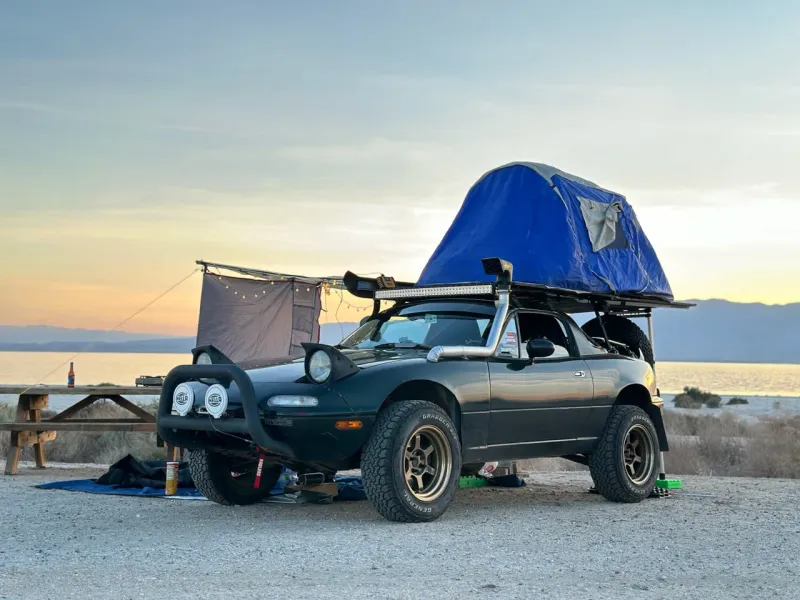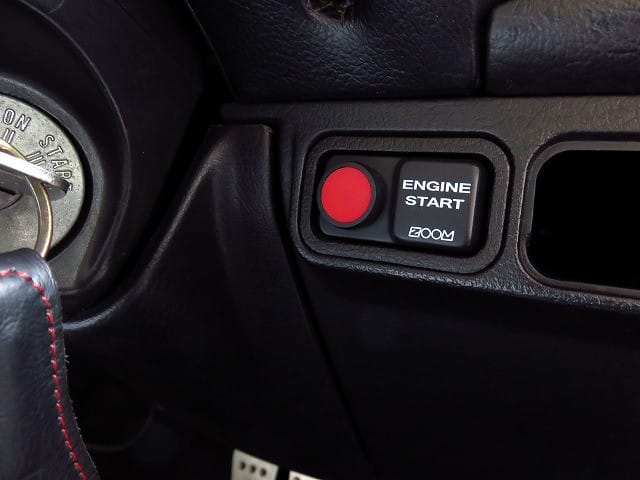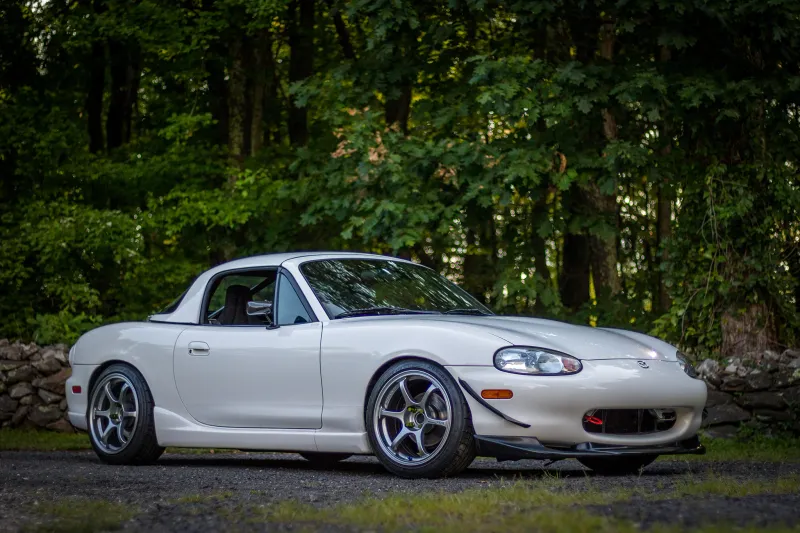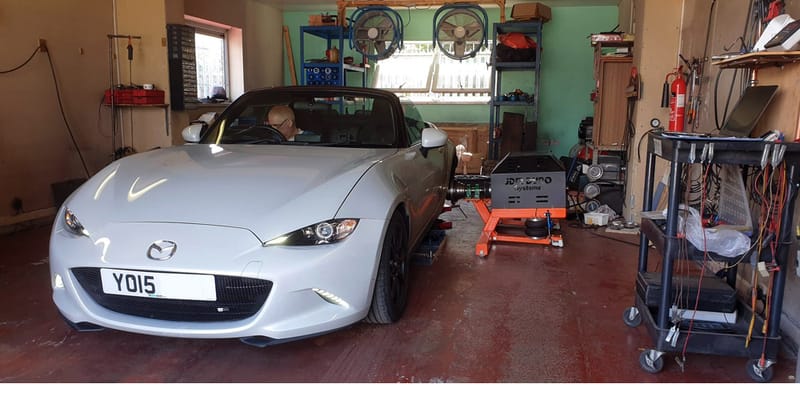Miata Group-Drive Etiquette & Safety: How to Host the Right Way
Great drives feel effortless because the host did the homework: clear rules, manageable group size, a tidy route plan, and working comms. You’re curating a safe, legal tour—not a rally.
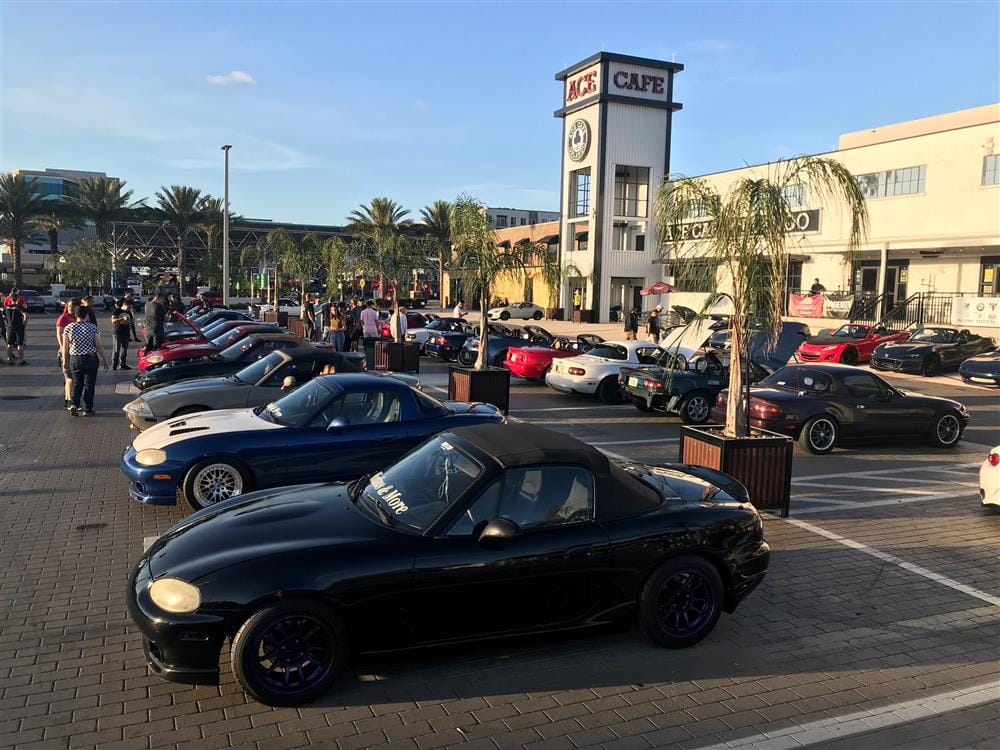
The best group drives feel effortless because the host did the unsexy prep: clear rules, right-sized groups, a clean route plan, and comms that actually work. You’re not staging a race, you’re curating a safe, legal, friendly cruise that other road users barely notice. Think “tour,” not “rally.” The gold standard looks like this: designated lead and sweep cars, simple waivers, a five-minute safety brief, legal speeds, and group sizes that are easy to manage.
Define the Goal and Risk Profile
Be clear about the purpose: is this a scenic social drive, a twisty-roads confidence builder, or a quick sunrise coffee run? Set the pace expectation upfront: touring pace at posted limits only. Guard your group’s public image. You’re guests on these roads, so courtesy to locals always outweighs keeping the pack tight. If you get split, you regroup ahead, no hero moves.
Group Size & Roles
Right-size your pack. Huge single-file convoys create mistakes and frustration, so split into smaller pods instead of running a 30-car train. Assign roles: the Lead sets pace and navigates, a Mid car (optional) floats to manage gaps, and the Sweep runs last with a basic kit and the contact list. Share the simple rule that keeps everything smooth: keep the car behind you in sight. If you lose visual, slow down or pull safely to the shoulder. That one habit prevents chain-reaction speeding and red-light panic.

Route & Logistics (Plan a Week Ahead)
Pre-run your route to confirm fuel, bathrooms, safe pull-offs, any construction or closures, and cell-coverage dead spots. Plan rest stops every 60–90 minutes. Choose start/finish sites with generous parking and easy in/out. Print a turn list with cumulative mileages and clear regroup points; hand it to leads, sweeps, and navigators. If your route passes through national or state parks, check whether your “drive” counts as an organized event and needs a permit. When in doubt, ask.
Insurance, Waivers & Minimums
Even for informal drives, copy what clubs do. Have every adult sign a short waiver on site and give a quick safety brief before you roll. Drivers must have a valid license, legal registration/inspection, and proof of insurance. Say it plainly in your materials and meeting: this is not a competition.
Communication
Use simple, license-free FRS handhelds for car-to-car chat; they’re perfect when you split into pods. If your crew prefers GMRS for extra range, make sure anyone transmitting actually has a GMRS license. Share the radio channel and privacy code in the pre-drive email and put it on a small windshield card for the lead and sweep.

Pre ride Safety Briefing
Do a quick huddle at the start line. Set expectations and standards as a group. Safety, not speed: obey traffic laws and posted limits. Keep two to three seconds of spacing to avoid the accordion effect. Use single file on tight or blind twisties; on open straights, a loose, offset spacing improves sightlines, never side-by-side. No passing within the group; the lead sets the pace. If a light splits the group, don’t run it, the lead will pull off and regroup ahead. Drivers do not film while driving; passengers can, but only when it’s safe and within local rules. For emergencies, use hazards, pull far off, and call the lead or sweep by radio or phone. Do not stack up on a narrow shoulder. Hand out a one-pager with the route QR, lead/sweep numbers, and the three critical rules: spacing, keep the car behind you in sight, and obey laws.
Actual Driving Etiquette
Be porous to other traffic. Create natural openings so locals can merge or pass without threading a 20-car needle. Many tours also ask for headlights on for visibility. When you see the lead signal or brake, pass the message back: signal early, brake gently. If you need to peel off early, tell the lead or sweep at the prior stop or on the radio so no one assumes you broke down.

Stops, Regroups & Photo Spots
Use planned pull-offs, big lots or official scenic turnouts with safe ingress and egress. Never stop in the lane for a photo or view. Timebox bathroom or photo stops to roughly 10–12 minutes for big groups. Leaders depart on the dot; slower cars roll first so the pack stretches less on departure.
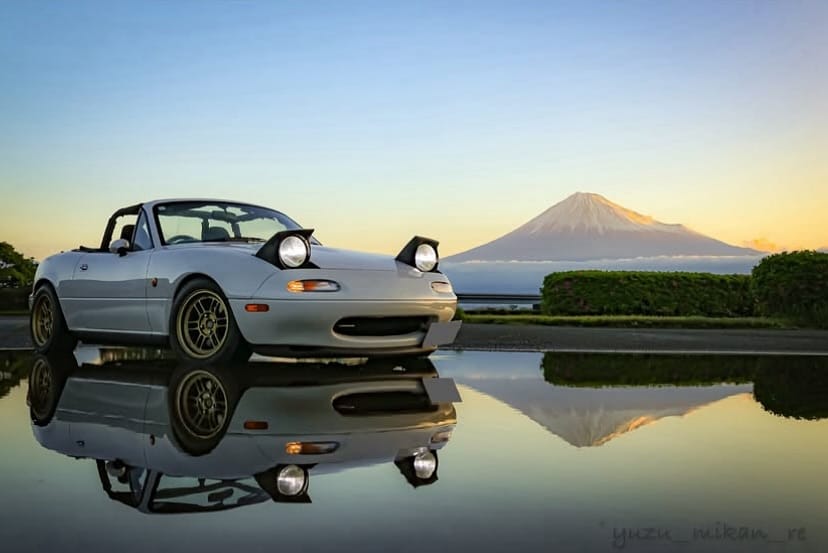
Accidents (it happens)
If something goes wrong: hazards on, pull off safely, raise the hood, and place triangles. Everyone else continues to the next safe regroup unless the sweep requests help. For passenger cars, a practical triangle layout is one about 10 feet behind, a second around 100 feet back, and a third farther still (up to a few hundred feet on fast roads), adjusting for sightlines. Never step into live traffic to place equipment. The sweep’s kit should cover the basics: jack, lug wrench, tire plug and inflator, first-aid, reflective vests, water, and snacks.

Weather, Seasonality & Terrain
On wet or leaf-fall days, extend following distances and respect painted lines and shaded corners, they can be slick. In heat, add water stops and check tire pressures at the start and mid-drive. In the mountains, expect fast weather swings and fog; the pre-run is critical for closures and safe turnouts.
Community & Environment
Adopt a Tread Lightly mindset. Keep noise reasonable through towns, don’t block driveways, pack out trash, and use only legal roads and turnouts. If your drive has the scale or structure of an event, verify permit requirements with any parks or municipalities you’ll pass through.
Sort pods (small groups) by pace and experience. Put the most cautious drivers up front so the pod adopts their tempo; quicker drivers in back reduce the accordion. Stagger start times by five to ten minutes between pods. You’ll lower your footprint on locals and avoid clogs at lights and photo stops.
Host’s Packing List
You’re hosting a group ride? Pack clipboards, laminated lead/sweep cards, extra FRS radios, a proper first-aid kit, three reflective triangles, a tire inflator and plug kit, paper towels and glass cleaner (handy for readable plates and windows at photo spots), trash bags, rain ponchos, a small tool roll, and plenty of water.
If you remember nothing else: obey the law, space out, and keep the car behind you in sight. Do the boring prep and your Miata drive will feel like magic, for your group, your photos, and the neighbors along the route.

